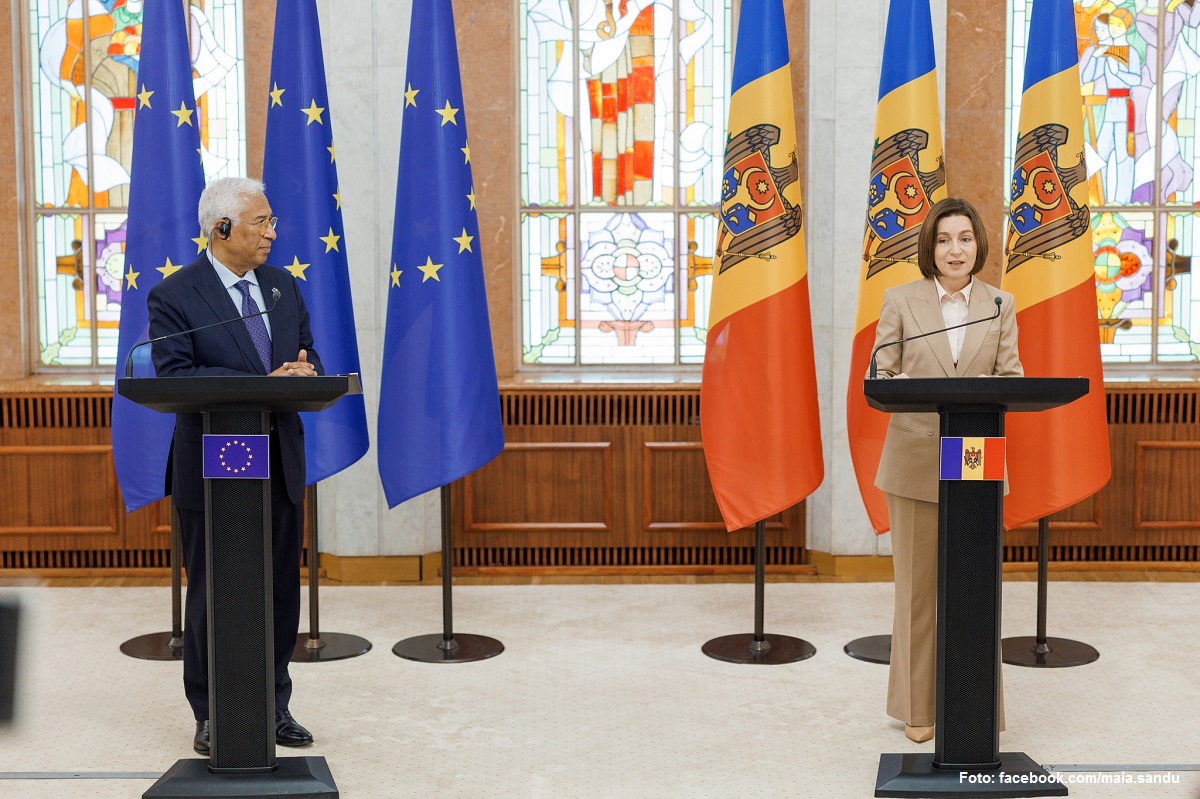Romanian Economy in 2013
According to Eurostat, in 2013 Romania boasted the highest economic growth at EU level in the third quarter of last year.

România Internațional, 06.01.2014, 13:01
In the first nine months of 2013, Romania reported a 2.7% economic growth rate, whereas Bucharest authorities were expecting a 2.2% growth for the entire year. According to Eurostat, Romania had the biggest economic growth in the EU in the third quarter of last year, as compared to both the first three months of 2013 and the same period of 2012. Romania ranked first in terms of quarterly economic growth with 1.6% of the GDP, followed by Latvia with 1.2%, the UK and Hungary, both with 0.8%.
Bucharest authorities say that the unexpectedly good economic growth, ongoing fiscal consolidation, the lowest inflation rate since 1989, the 2% budget deficit and record-high exports, industrial output and crop yields are clear signals that Romania entered a new economic cycle in 2013. One of the main factors that turned Romania into one of Europe’s fast-growing economies is our country’s agreement with the IMF. The second stand-by agreement worth 3.5 billion euros ended after two years. The current one is Romania’s third agreement with international lenders since the outset of the economic crisis. The first agreement was signed in 2009, and the second one in 2011. So far, financial assistance from the IMF has been rather consistent and translated into twelve loan programmes. In 2013 the inflation rate went down the lowest level since 1989, against an inflation target set by the National Bank of Romania at 2.5%.
Agriculture however remained the main engine of economic growth. Favoured by good weather conditions and new measures in the field of irrigations, crop yields exceeded 22 tons in 2013, by 50% more than in 2012. Topping it all was a VAT reduction for bread and bakery products, from 24% to 9%. The measure was expected to combat tax evasion in this field, which had been standing at a level of 70% every year. Another growth-conducive factor was the absorption of EU funds, which in November had reached 27%. Even so, Romania had the poorest absorption rate at European level. Instead, 2013 was a good year for the national currency. The Leu reported the biggest increase against the euro of all national currencies in the EU. In 2014, analysts expect the Leu to fluctuate significantly, given that this is an election year that might generate political instability.






























